It can be tough to choose a simple kitchen or bathroom countertop. It could take a few days to plan and evaluate the various countertop materials. You may have to work a little harder to narrow down your choices, to just one countertop from a sea of them.
And then after that struggle and lengthy discussions, even if you do narrow it down to two of your top preferences: laminate and Granite. How will you choose the right fit for your kitchen or bathroom?
What criteria will you use to determine the best match for your kitchen or bathroom?

As per recent trends, Granite is the most preferred countertop material by most homeowners. Granite’s popularity stems from its high resistance properties, diverse color possibilities, and excellent durability.
While pure natural stone countertops such as Granite are the most durable and have heat resistance, a laminate countertop might be more cost-effective. Although quartz and Granite are in the lime-light of the countertop industry, nowadays, materials like laminate have also come into style.
With the increased design styles and technological advances, artificial countertop materials like laminate are no more like the so-called old ‘grandma’s style.’ It may not be able to match the richness and diversity of natural stone materials like Granite. Still, it may indeed be a cost-effective and attractive solution.
If Granite is the king in a chess game, laminate is the pawn who has made it to the other end of the board and can now become a queen.
Laminate counters may be designed and manufactured to look and feel like a natural stone countertop like Granite. Isn’t it wise to think about it, especially when you’re on a tight budget? Let’s dig into the article to know more about Laminate vs. Granite.
Overview
Below is a quick overview of the similarities and differences between these two countertop materials.
| Characteristics | Granite countertops | Laminate countertops |
| Appearance | Natural stone. Found in dark colors of orange, pink, green, and blue. | Synthetic. |
| Design (patterns) | Grain-like structures can be seen. | Solid. It can resemble other materials as well, such as marble and wood. |
| Hardness | Yes. | No |
| Porous | Yes, slightly. | Non-porous |
| Durability | Highly durable | Comparatively less durable |
| Stain-resistant | Yes | Moderate. |
| Scratch-resistant | Yes, | Slightly. |
| Heat-resistant | Yes | Moderate. |
| Installation | It can be complicated as it is solid and heavy, requiring a strong base cabinet. | Easy to install. |
| Vulnerability/Toxicity | Rodan gas radiation if not sealed. None, if properly Sealed. | Office of formaldehyde. |
| Maintenance | Requires moderate maintenance, with mild detergent and dry cloth, once sealed. | Requires moderate maintenance, with mild detergent and dry cloth, once sealed. |
| Cost (Starting price) | Expensive – $75 per square foot. | Cheap – $29 per square foot. |
| Resale value | 20-25% of retail value. | Zero |
What Are Granite Countertops?
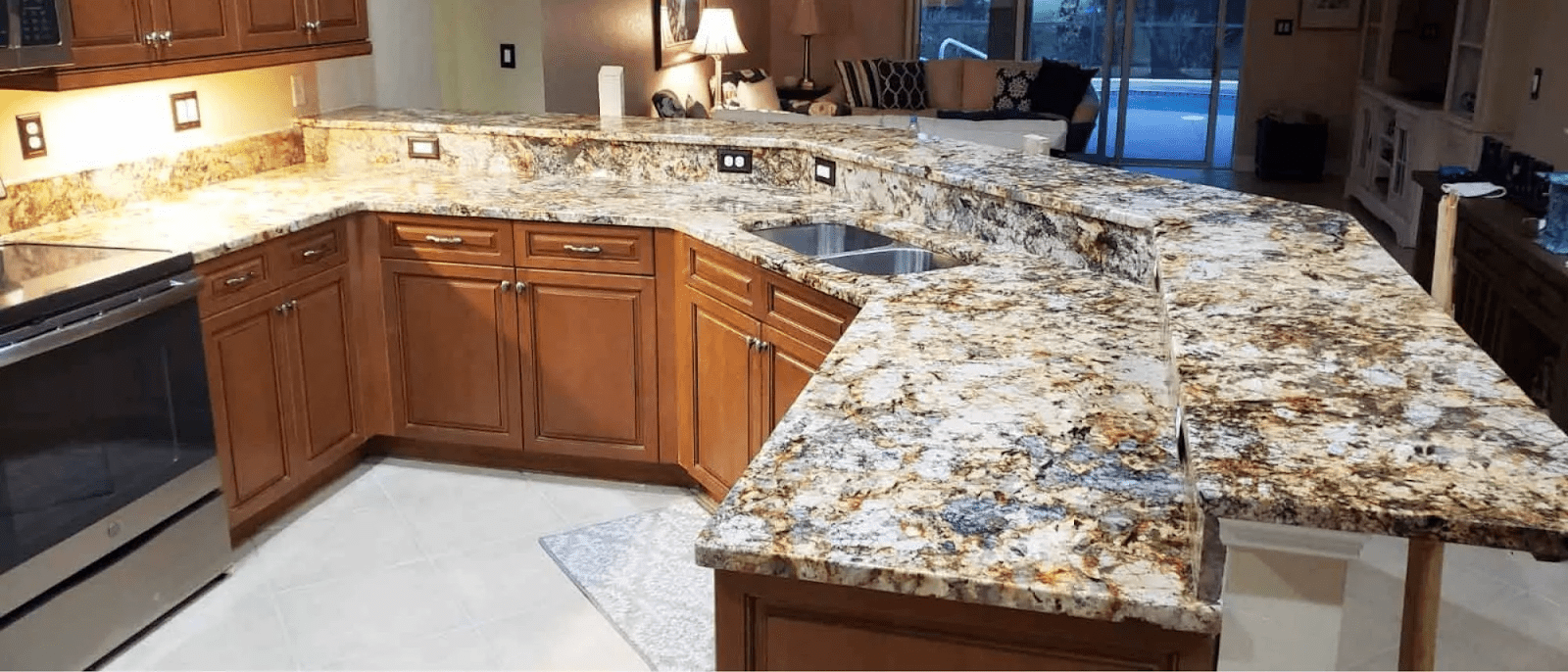
Source: International Granite and stones
Granite is an intrusive igneous rock and a natural stone.
Granite is formed when molten lava cools and crystallizes due to a volcanic eruption. Once the massive granite stones are removed from these quarries, they go through stages before transforming into kitchen countertops.
In a nutshell, granite molds into slabs then edged and polished to create a countertop material.
Natural stones add to the kitchen’s richness and attractiveness by providing unique color schemes and patterns. Granite countertops also have a high-end look that adds to the value of your property while also providing a robust prep surface.
Some of the pros and cons of granite countertops are:
PROS
The following are some of the benefits of granite kitchen countertops:
Durability
As you may know, Granite has a small proportion of quartz, which is a very strong and durable natural stone. The presence of quartz increases the durability and hardness of Granite.
Therefore, Granite is a long-lasting countertop material that can endure for a long time if properly cared for. This is due to the fact that Granite is a tough and durable stone. As a result, if you drop a small object on your countertop, it will not be easily damaged.
However, the granite countertop may chip or crack in some situations. For example, if you drop a heavy vase or pot on the surface by accident, microscopic cracks may appear. So, better be careful!
Range of Color Scheme and Patterns
There are around more than 200 different colors and designs of granite stones on the planet’s surface. Many homeowners prefer Granite over other materials due to its appearance and the variety each slab offers.
As Granite forms under extreme temperatures, the crystals of granite melt and randomly mix with different crystals. As a result, we can appreciate the individuality of each granite stone. In other words, two granite countertops with the same color scheme and design are hard to locate.
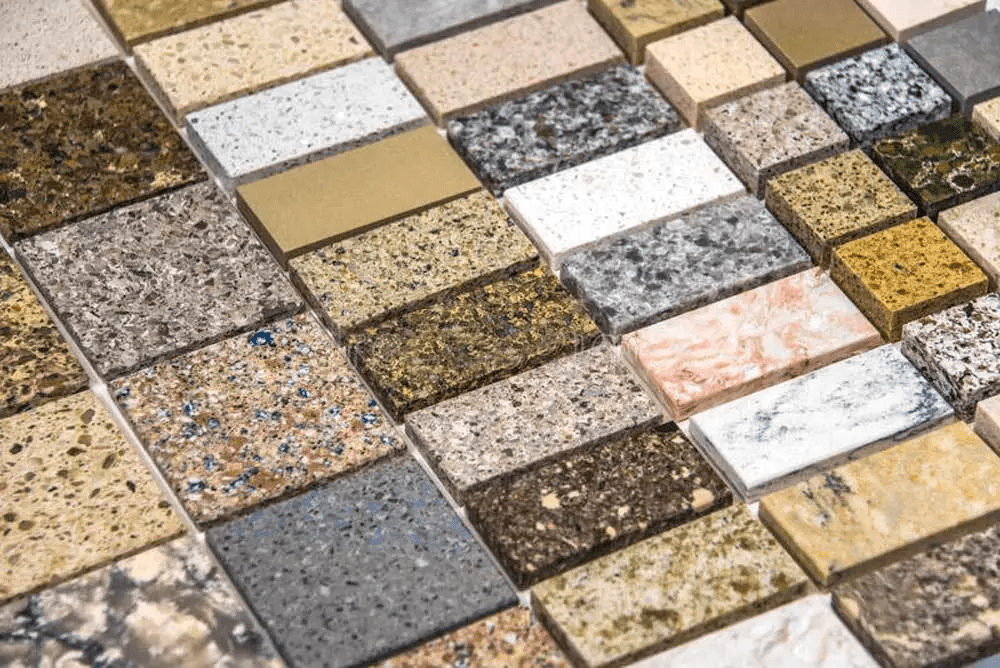
Resistance
Granite is relatively resistant to heat, stains, and scratches, among other things.
Firstly, Granite can withstand heat changes of up to 480 degrees Fahrenheit and high temperatures of up to 1,200 degrees Fahrenheit. It might break and chip if you expose the surface to hot pans and vessels for a lengthy period.
Secondly, granite countertops are resistant to scratches by sharp things because of their sturdiness. Furthermore, due to the slab’s dark hues and patterns, no one will notice even if you drop the sharpest object on it and it breaks by accident.
Lastly, Granite can be a stain-resistant material if adequately maintained. A properly sealed granite countertop would not get discolored or dull with time.
CONS
Difficult to install
The weight per square foot of a 34-inch granite block might be approximately 13 pounds. For some cabinet structures, this may be too much. Granite countertops are pretty heavy, necessitating the construction of effective, robust support systems.
Weak support systems or cabinets can cause safety issues and cabinetry damage. As a result, you’ll need to make sure the countertop is completely blanched.
Therefore, before settling on a granite countertop, keep in mind that installation can be a hassle.
Check out the Video
Expensive
Compared to other countertop materials such as laminate, Granite is more expensive.
On average, a granite countertop costs around $3,300. Additionally, a larger countertop’s price increases in lockstep with the slab’s size; in other words, if you pay more for a larger countertop, you’ll spend more.
Also, the price varies based on the type of granite slab you choose. For example, an Aalaska White countertop costs $40 per square foot, whereas a Blue Louis costs around $100 per square foot. So as you can see, the price gets more than double just based on the design and color of a countertop.
What Are Laminate Countertops?
Laminate is a widely utilized material that is mainly used for surface finishing. It may be applied to various surfaces, including walls, floors, tables, and counters.
Unlike Granite, laminate is a synthetic product artificially made from multiple layers of other naturally found materials. The laminate’s core is constructed of melamine resin and fiberboard material. In contrast, the bottom laminate surfaces are given a texture of wood and paper products.
Specifically, laminate countertops are made mostly of plastic that has been bonded to kraft paper or particleboard. This makes the laminate resemble more expensive countertop materials such as wood, marble, or even Granite.
In conclusion, laminate countertops can be a beautiful and versatile yet affordable solution.
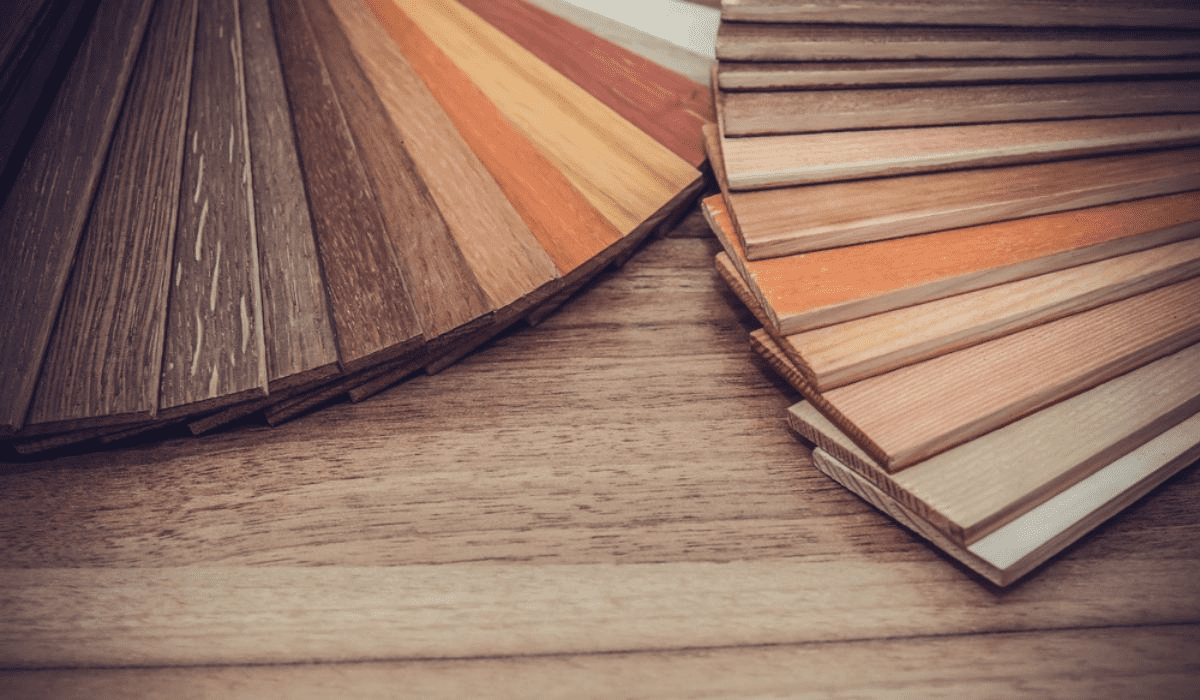
Some of the pros and cons of laminate countertops are:
PROS
The following are some of the benefits of a laminate kitchen countertop:
Cheap
The laminate counter is very inexpensive. According to a report by Home Depot, the average price of a laminator per square foot is only $29. Unlike Granite, installing a laminate countertop can be an easy DIY project for your weekends; this cuts down the price even more.
However, the cost of the laminate sheets may vary depending on the design and type of countertop you choose.
Maintenance and Installation
Laminate countertops are comparatively easy to maintain.
All you have to do is clean it regularly with a dry cloth and mild detergents. Even if you accidentally spill something on it, there is no need to worry; gently scrub the surface with detergent or soap.
Additionally, the laminating process of the countertops is equally easy as maintaining them. You will just have to place the sheet on the countertop and glue it using a strong adhesive.
Versatile
Like Granite, laminate countertops also come in various colors and designs. Laminates provide a wide selection of color schemes, patterns, and design options.
Additionally, laminate sheets come in different types of finishes. Two of the most popular finishes are matte and gloss finish.
Solid-colored laminate sheets are widely used as cabinet and surface covering, such as countertops.
Also, it can mimic the designs of other materials to resemble other well-known countertop materials.
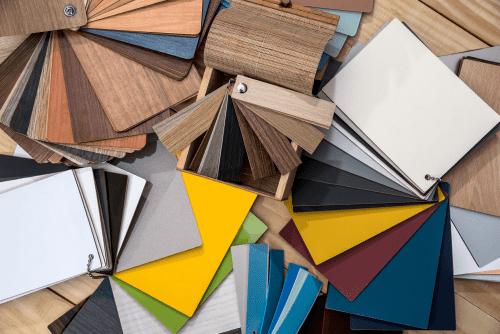
CONS
Susceptible to Burns and Delamination
Comparatively, laminate is fairly-resistant to heat. Heat can easily damage and burn laminates if you place a hot pan or vessel on its surface.
A laminate counter can resist temperatures up to 150 degrees Fahrenheit. The procedure and materials used to make laminate sheets reduce their ability to withstand high temperature and heat variations.
Therefore, you will have to be extra careful with laminates, as a hot pan placed on it for a prolonged time can lead to permanent burns. So, the easiest way to handle such a situation is to use trivets to place the utensils.
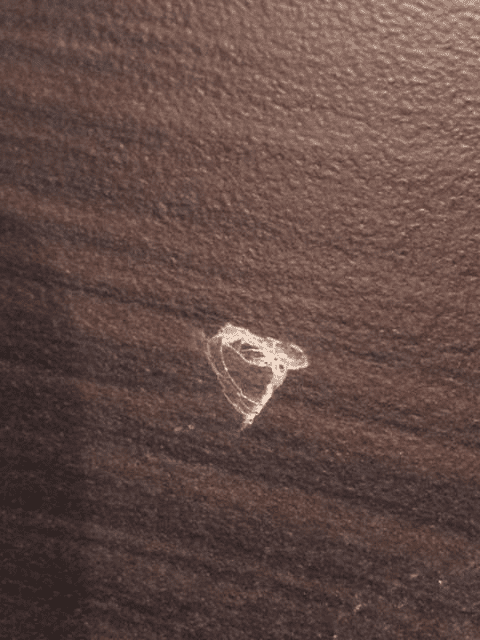
Not Very Durable/Short Lifespan
With all the care and maintenance, a laminate countertop may last for 15 years. This is because laminates are prone to damage by extreme heat and high temperatures.
Therefore, laminate countertops have the shortest lifespan compared to other countertop materials.
Can laminate countertops look like granite?
After all of your deliberation and consideration, if the granite design continues to astonish you. But your budget stops you from purchasing it. You have the option of taking a less expensive route. That is how you can personalize your laminate countertops, which you can make to look like Granite.
One of the laminate brands – Wilstonart, makes laminate countertops that exactly look like granite countertops. This is achieved by giving an artistic flair and painting.
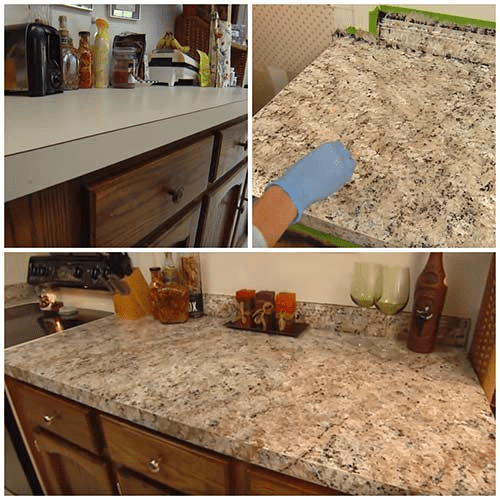
10 Key Differences and Similarities Between Granite and Marble Countertops:
Now that we’ve looked at the differences between Granite and laminate countertops let’s look at the differences and similarities of each in more detail.
Appearance
Granite, a natural stone, appears to be very beautiful and unique. Each granite countertop is different, offering dark shades of color options and granular patterns.
On the other hand, the latest high-pressure laminates (HPL) have no less to offer in beauty and aesthetics than natural stones. There are hundreds of design variations available. Laminates, for example, are available in a wide range of colors, patterns, and textures thanks to new technologies.
What can’t a laminate countertop accomplish, from imitating the look of a real mirror to having the gleam of stainless steel?
Summary: Laminate and granite countertops are one-of-a-kinds, with various styles, colors, and textures. As a result, pick one that suits your tastes and, more importantly, complements your kitchen!
Durability
Comparatively, laminate countertops are less durable than Granite. Therefore they have a short life span of around 15 years. However, HPL are more durable than low-pressure laminates and can last for 2-3 decades.
On the other hand, due to quartz, feldspar, mica, and sand in Granite, it has a longer life span. All of these minerals are granulated and tightly placed into the stone. Granite is significantly stronger and thus more resistant to cracks and damage.
Furthermore, adequately sealed Granite is far more durable than untreated Granite. So be sure to pay the extra money to make it more durable and long-lasting.
Summary – In terms of durability, natural stones such as Granite is always the preferred option. Granite countertops will last more than laminates.
Resistance to Heat
Granite is more resistant to heat, stains, and scratching than laminate. This is due to the solid and hard nature of Granite.
Granite can withstand heat changes of up to 480 degrees Fahrenheit and high temperatures of up to 1200 degrees Fahrenheit. If you expose the stone to hot pans and vessels for a lengthy period of time, it might break and chip.
On the other hand, regular laminate countertops can withstand 150 degrees Fahrenheit/66 degrees Celsius. However, Formica laminates can tolerate heat up to 275 degrees for a brief period.
Summary – Both countertop materials can burn or break if they constantly contact hot pans or containers, so use trivets to be safe.
Resistance to scratches
Granite is the most abrasion-resistant and long-lasting countertop material available. Due to their toughness, sharp objects do not easily scratch them. As a result, you can use the countertop for most of your culinary tasks, such as chopping and cutting vegetables!
Despite the fact that Granite is stain-resistant, fabricators and experts recommend sealing your countertops. You have the option of permanently sealing the countertop or renewing it every year or two.
According to Formica’s report, Formica laminates are as resistant as granite countertops.
Summary – In terms of scratch resistance, choose Granite overlaminate as it is much harder and less likely to get scratched from daily activities.
Resistance to Stains
Because Granite is a porous stone, sometimes liquids like wine, juice, acidic foods, and oil can seep through the slab and stain the surface. In the worst-case scenario, bacteria can grow in natural stone pores.
On the other hand, Formica laminates are non-porous and thus less likely to get stained.
Summary – Regarding resistance to stains, choose Formica laminates as it is non-porous. Even if you choose Granite, make sure to seal it properly.
Maintenance and Repair
Granite must be sealed after the installation as it is a porous stone and thus prone to getting stained or chipped.
In short, sealed granite countertops require less maintenance. To maintain your granite counters clean and sanitary, you have to regularly wipe them down with a disinfectant.
Similarly, laminate countertops also require regular cleaning. You can clean the surface with a scrub and mild detergent.
On the other hand, hard stains or significant laminate cracks countertops are difficult to fix. However, minor scratches can be repaired using laminate repair paste or a color-matched repair pen.
Summary – Comparatively, it is easy to clean and maintain laminate as it is non-porous. However, you may face difficulty in repairing it if cracked.
Toxicity
The top layer of laminate countertops is made of melamine plastic. However, the substrate/bottom layer can release formaldehyde off-gas in small amounts. This can prove harmful to health because, as per NIOSH, formaldehyde can prove to be carcinogenic.
On the other hand, Granite may emit a small amount of toxic radiation due to radon gas in it.
Summary – Both materials have specific health issues accompanied with them. However, it is in a minimal amount, and it may not effect cause great effects.
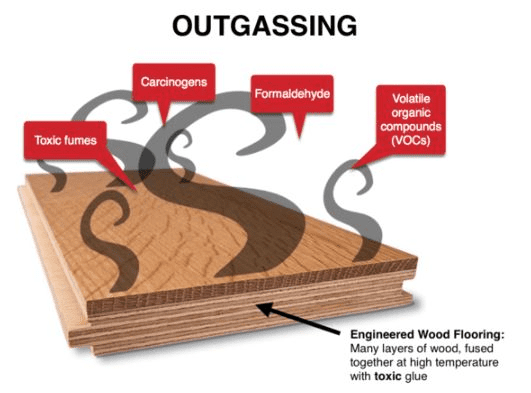
Installation
Laminate countertops are very easy to install. As it just requires proper placement and gluing of the sheet. Therefore, laminate countertop installation is very DIY-friendly.
Comparatively, the structure of granite countertops is a bit of a hassle, as several steps accompany it. This requires a few hours of work if all the previous installation processes are done.
Summary – Installing a laminate countertop is much easier and DIY – friendly than Granite.
Cost
Granite is a costly countertop material in comparison to other materials like laminate. It can range from anything between $40 to $100.
Laminate countertops are much more affordable and budget-friendly. In short, laminate countertops are the least expensive of all the countertop materials. According to an article by Better Homes and Gardens, the cost of laminate can range between $20 to $60 per square foot.
Summary – Choose laminate if you have a limited budget and seek a cost-effective and economical countertop option.
Resale value
Granite is an excellent investment because it increases your home’s value. Additionally, it is a popular countertop material, and it appeals to a wide range of customers. Due to its endurance and ability to preserve its natural beauty for a more extended period, Granite has a resale value of around 25% more than its retail value.
On the other hand, while modern technologies have improved the quality of laminate countertops, they still have no resale value.
Summary – In terms of increasing the value of your house, choose Granite.
Takeaway
Granite is more popular than laminate. Additionally, Granite is more durable, classy, and heat resistant than laminate countertops. Granite countertops, unlike laminate, add to the house’s value, which is why many homeowners prefer them.
However, laminate countertops are not that bad. It is an excellent option if you are tight on your budget. Also, modern laminate sheets offer better quality and a variety of designs. Thus, it is a cheap and beautiful solution.
Therefore, the choice between these two countertop materials is dependent on your personal preferences, budget, intended use, and level of care.
![Granite Vs. Marble Vs. Quartz Countertops [12 Differences+Pros & Cons] Granite Vs. Marble Vs. Quartz Countertops [12 Differences+Pros & Cons]](https://houseadorable.com/wp-content/uploads/2022/03/quartz-marble.jpg)
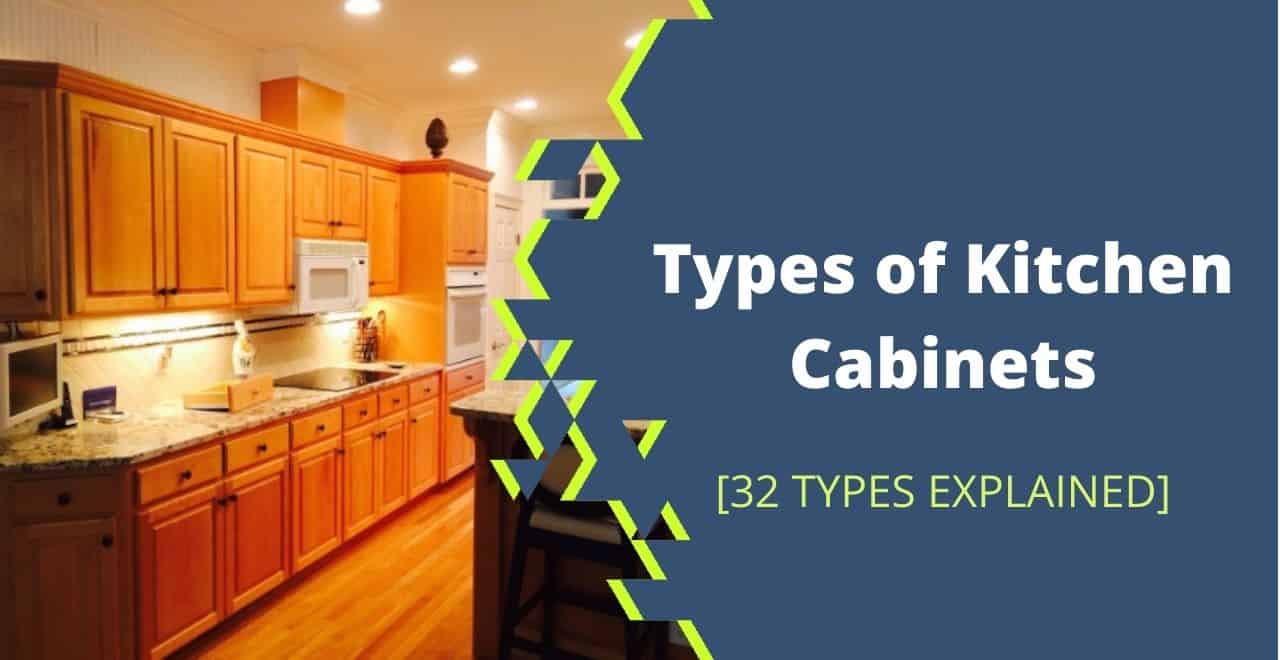
![Granite vs. Quartz Countertops [Pros & Cons+6 Key Differences] Granite vs. Quartz Countertops [Pros & Cons+6 Key Differences]](https://houseadorable.com/wp-content/uploads/2022/01/Copy-of-HouseAdorable.com-1.jpg)
![What Are Kitchen Sinks Made Of ? [13 Types+Pros & Cons] What Are Kitchen Sinks Made Of ? [13 Types+Pros & Cons]](https://houseadorable.com/wp-content/uploads/2022/01/Sink-MAterial.jpg)
![Ceramic vs Stainless Steel Sink [A Detailed Analysis] Ceramic vs Stainless Steel Sink [A Detailed Analysis]](https://houseadorable.com/wp-content/uploads/2021/12/Ceramic-vs-ss.jpg)
![16 Types of Kitchen Faucets Explained [With Pros + Cons] 16 Types of Kitchen Faucets Explained [With Pros + Cons]](https://houseadorable.com/wp-content/uploads/2023/02/Roca_griferia_cocina_mencia_negro_DEF_900x505_acf_cropped-1@2x-250x250.jpg)

![What Is Kitchen Cabinet Refacing? [Pros and Cons + Cost Analysis] What Is Kitchen Cabinet Refacing? [Pros and Cons + Cost Analysis]](https://houseadorable.com/wp-content/uploads/2022/04/Refacing.jpg)